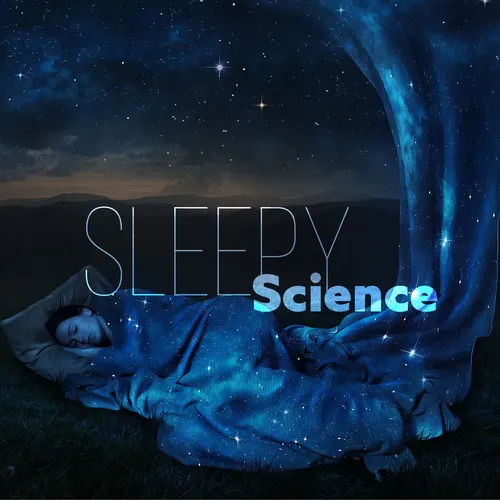Episode 0 - How to make a photon
- Author
- Dave Noel
- Published
- Sat 04 Apr 2020
- Episode Link
- https://sleepyscience.libsyn.com/episode-0-how-to-make-a-photon
Did you ever lay on your back beneath the stars and imagine you were on the roof of the universe. Like you were perched above the great expanse of spacetime itself and could fall into the void at any moment? I do that sometimes... and sometimes with the vaulted ceilings in museums. Often to a point where I get vertigo. This concept of up and down, past and future, movement it all its forms. I sometimes wonder if I were seeing myself in all the dimensions that exist, would my appearance become distorted and ill defined like I was looking at an object through textured glass? Or would I be driven mad by the complexity of the true underpinnings of the universe, like some existential episode of the original Star Trek series. Tonight let's talk about some of those underpinnings. Photons, where they come from, what they are, and how they behave. Close your eyes and imagine a piece of raw spaghetti. Brittle, delicate, somewhat flexible. You can feel its weight in your hands, surprisingly dense for a thin piece of hardened wheat pulp. You take that brittle stick and hold it at either end, bending it slowly until it cracks. You notice that it doesn't just snap in the middle like you would expect. Instead it breaks around a central piece that spins for a moment in the air, like a cartoon coyote going off a cliff, and tumbles undramatically to the floor. You can do this with the whole box. You will never end up with just two pieces of spaghetti in the end, instead you have 3 or more, and a small, but growing pile of fragments at your feet. It doesn't seem to make sense. But there's a physical process that happening there, that's unintuitive. It's a law of uncooked spaghetti. Now throw the spaghetti out. Don't eat it. It's just one piece. You can spare it. And imagine if you will, a ball. An unimaginably tiny erratically vibrating ball. You find yourself to be unimaginably tiny yourself. You reach out and try to grab the ball. The surface is diffuse, and animated. Almost like television snow. As you approach the ball with your hand, you see the surface distort like it's reaching out for you. In an instant a light sensation of pins and needles is covering your hand, the surface is distended making an odd lump on the side of the ball. You find a "y" shaped stick at your feet and use it to pry the ball from your hand, it's got a good grip but you ultimately prevail. As the ball is torn from your body the surface instantly swells and then moments later rebounds. Giving off a loud snap and sends a single photon whizzing past your face. You've just made a bond with an atom and broke it. You see. Energy is very different here. There are very few places for it to hide when you look at matter on this scale. The amount of energy it took for you to pry your hand off the ball, went straight into the atom, making it increase it's mass and size momentarily, according to Eienstien's famous equation, E=mc2. But the universe likes things stable. We can't have an atom stay all puffed up from a random interaction. So the the atom calms down, exits it's excited, puffed up state and emits a photon to send the energy of your reaction on its way to become entropy. The photon impacts another atom, which makes it excite, then relax, passing the photon down the line until it exits the material matrix you find yourself in. This is how light is formed from breaking chemical bonds and how transparent materials like glass transmit light.
